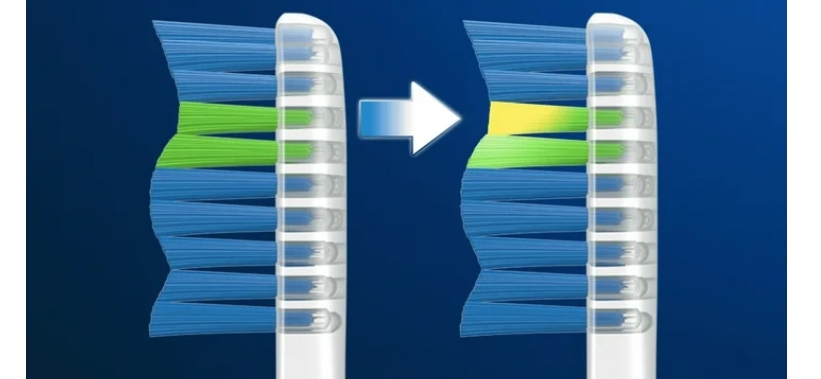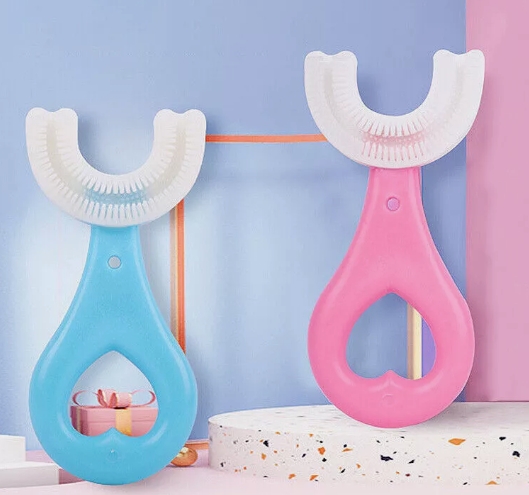The toothbrush is an indispensable tool in our daily oral care, and its main role is to clean teeth and prevent dental caries and periodontal disease. The correct brushing method and choosing the right toothbrush are the keys to maintaining oral health.
There are many kinds of toothbrushes on the market, mainly divided into manual toothbrushes and electric toothbrushes. Manual toothbrushes are economical and easy to carry, while electric toothbrushes improve the cleaning effect through high-frequency vibration, which is suitable for people who are not easy to maintain the habit of brushing. When choosing a toothbrush, the size of the brush head and the hardness of the brush are crucial. In general, it is recommended to choose a soft bristled toothbrush to protect the gums from damage.
In addition to choosing the right toothbrush, it is equally important to pay attention to brushing techniques. It is recommended to brush teeth at least twice a day, for no less than two minutes each time, to ensure that each tooth is covered to form good oral hygiene habits.
Through proper toothbrush use and good oral care habits, we can effectively maintain oral health, stay away from dental and gum problems, and maintain a confident smile.




